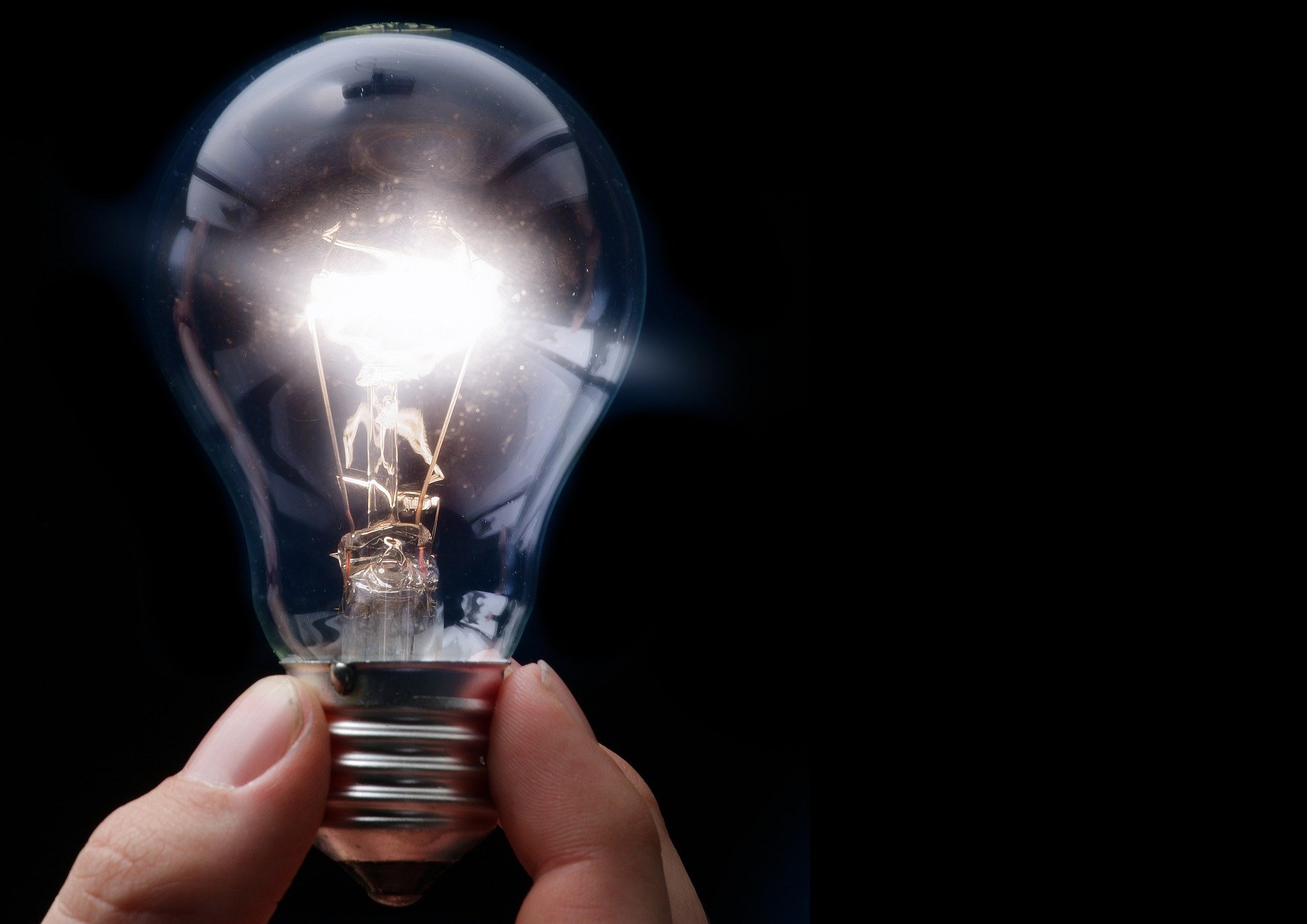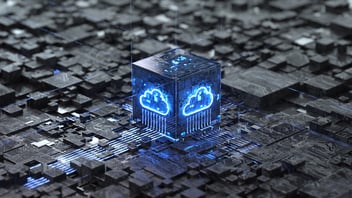Podcast – Making the right digital investments to achieve a zero-cost future

As utilities learn new ways of finding efficiencies in operating, they also need more sophisticated systems to identify where cost saving can be made.
This is becoming more important as utilities expand into renewables and are keen to learn how assets like solar work with existing infrastructure to keep costs low or even at zero.
Alana Duncker, Market Leader Digital Services for Water at Stantec, says her 20 years in modelling, planning and optimisation has helped clients like SA Water learn more about their systems.
Alana sits down to chat with host Jo Taranto to talk about her secondment to SA Water, working towards a zero-cost future, and building a digital tool to help limit operating costs.
Reaching a zero-cost future
“For me, zero cost is about being able to have renewable energy behind the meter to use on your sites,” Alana says.
“Then making the most of the price to generate money and getting closer and closer towards operating your assets at that zero level.”
With South Australia being a dry state, the population relies on pumping water from the Murray River to feed Adelaide reservoirs.
But as energy prices continue to go up, SA Water had to switch to an on-the-spot market. This flexibility in moving meant SA Water can pump water at lower costs and even turn a profit.
“When the price is high: stop pumping. When the price is negative: start pumping. You can actually make money from pumping,” Alana says.
Adding renewable energy into the mix
Over the years, SA Water has brought in more renewables. Alana says when you add these energy assets into the mix, there are even more opportunities to save money.
“When the price is high, the solar panels are generating and you're making money from solar. And you've turned your pumps off when the price is low, you can run your pumps and you can either make money or balance that.”
“Having all these renewable energy assets in the mix adds a level of complication that you really do need to bring a model and an optimisation algorithm behind it.”
Building the essential tools for a zero-cost energy future
While SA Water had all the assets and resources, Alana says the team needed a dashboard tool that gave them the most accurate data and information.
The tool shows prices, forecasts, water demand forecasts, water level storage, pump availability, and more. All this together is presented in a format designed for SA Water employees.
This would help the team in the control centre make the decisions that saved the most time, money, and energy.
“Operations needed something that can guide them,” Alana says. “For instance, when is it optimal to pump? When should you be using your solar on-site? When should you be sending it to the market?”
“In the control centre, they can run the optimisation, view that schedule, make changes if they want, see what the impact is on the network, and then turn around and commit that to the pump.”
Alana says she can see other utilities bringing in their own optimisation tools for the same purpose. But she says you still need the right business goals, and most importantly, data.
“You need the data, and you need the models to give you confidence in what you're doing as well,” she says.
This podcast is proudly sponsored by Schneider Electric




